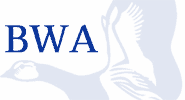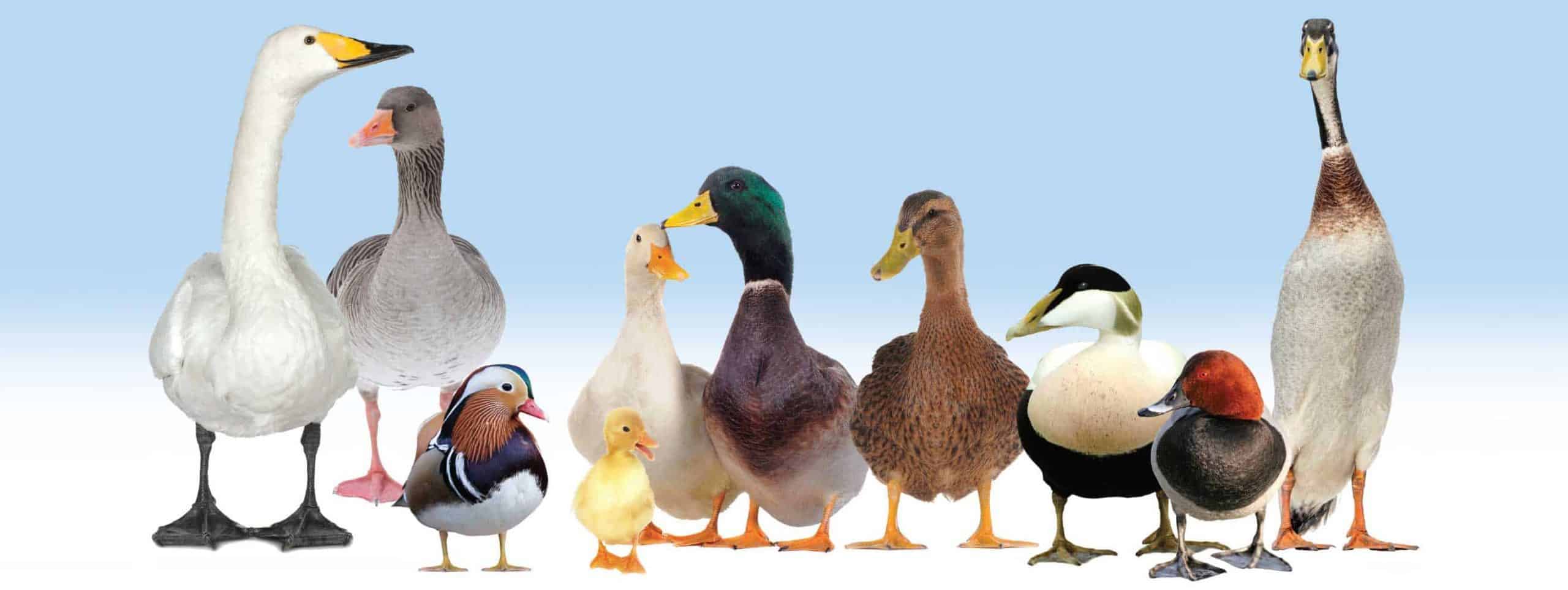In our newfound world of pandemic awareness, it seems not even our feathered friends have been spared from pandemic impacts. Highly Pathogenic Avian Influenza (HPAI) has continued its pre-Covid scourge of our world, with detections on nearly every continent continuing for a number of years. The World Organization for Animal Health (WOAH) has been providing regular updates on global detections since late 2019 on the current virus as countries report their detections. The unfortunate propagation of this virus among wild and captive populations has meant a dark future for many individuals and populations of birds, indiscriminate of species.
This virus is not necessarily a new threat to animal health and animal health professionals. Most human-focused pandemic preparedness plans in place in the Western world were formed based on a zoonotic strain of avian influenza that mutated into a form that could potentially transmit to and between humans. While this threat persists, scientists are confident that the current strain circulating among fowl is currently lacking the genetic composition to infect humans. The danger lies in the numbers though, and although the threat is low, this can change quickly. As more birds are infected, including those in managed settings, there are more and more opportunities for potential mutation as the virus replicates in each of its new hosts. This principle is the reason regulators around the world are required to take such a strong position in how they respond to zoonotic influenza when it infects captive flocks.
Timing and Migration
The speed at which this virus has traversed the globe has been incredible. Previous outbreaks in North America have traditionally originated in Asia, crossing the Bering Strait through comingling Arctic-nesting birds. This was last seen in 2014, with detections on the Pacific flyway, hitting the USA the following spring. The current pathway of viral spread is very different from prior, and even anticipated events.
The detections of the current virus began in southern Europe moving northward in 2019 and through 2020, hitting northern Europe and the United Kingdom, then moving to the east coast of North America in 2021, and hitting hard along the east coast all fall and moving westward and north through the spring and summer of 2022. Although it is clear that the migration of birds move the virus, caution must be exercised when associating risk periods with migration. Recent advances in whole genome sequencing have revealed some very compelling data that refutes and challenges the theory of defining periods of risk with these migrations.
In one geographic region, recently found and yet to be published data, a virus was isolated in a captive commercial flock in fall of 2022 that was identical to the virus found in another commercial flock about 50 km away, earlier in April the same year. This case likely points to the virus continuing to circulate in local resident populations of birds, and again, defying the premise that the virus is tied to migratory birds, as it persisted through the summer, which in this region was exceptionally prolonged and dry. Also, it should be noted that some local flocks of non-migratory geese experienced regular and significant die-off events attributed to the virus as well, but potential correlations have yet to be confirmed.
There are a few dashboard applications being used for monitoring the testing and reporting of HPAI detections. These dashboards allow easy filtering of detections and results by species, date, and location. To view these dashboards, you can visit:
- The Canadian Wildlife Health Cooperative - https://cfia-ncr.maps.arcgis.com/apps/dashboards/89c779e98cdf492c899df23e1c38fdbc
- US Department of Agriculture – Animal and Plant Health Inspection Service - https://www.aphis.usda.gov/aphis/maps/animal-health/wild-bird-avian-flu-surveillance
- UK Avian Disease Surveillance Dashboard - https://defra.maps.arcgis.com/apps/webappviewer/index.html?id=8cb1883eda5547c6b91b5d5e6aeba90d
It is important to note that as long as wild birds continue to test positive, environmental contamination with this virus will persist. This virus seems to thrive in cool, damp conditions, which much of the northern hemisphere experiences for many months, particularly on coastlines or near large waterbodies. This should be considered when visiting any areas that may be home to wild birds where you could risk contamination, and then visiting any captive flocks. It is also important to note that you can expect that detections will slow during periods of warmer, dryer weather, though they will likely never disappear while wild birds are present and creating a reservoir for the virus to continue cycling.
Species and Small flocks
Based on shared reports of infected flocks, this virus shows little discrimination among the species it targets. Canada alone has reported significant die-offs of wild Snow and Canada Geese; ducks of various species, including many divers; sea birds, including gulls; raptors; scavengers; and more recently detections in mammals, such as mink, racoons, skunks, and foxes. The indiscriminate nature of this virus further complicates response activities, and also increases the onus on small flock holders to increase their biosecurity and vigilance to prevent the introduction of the virus.
Many holders of small flocks have various species in their care, ranging from domestic poultry to waterfowl, pigeons, doves, psittacines, and various other species. The multi-species nature has an unfortunate effect of increasing exposures to the disease as many species can, and should, be housed in appropriate, outdoor settings. While keepers must always do their best to protect the animals in their care from predation, this threat is a new one and requires a different approach.
Waterfowl seem to be a particularly vulnerable introductory pathway in the small flock detections on the Pacific coast. Nearly all of the small flock holders impacted in British Columbia, for example, have been attributed to also allowing waterfowl to free range and interact directly with wild transient waterfowl and access a shared waterbody. Unfortunately, this very significant fact has not been well communicated to holders of these species, nor do the regulatory agencies seem willing to make this attribution in their communication products. The reality is that this seems to be the most vulnerable point, aside from a direct introduction by humans, to most small flock holders. Please consider this and take this threat very seriously if the disease is known to be present in your area.
Some jurisdictions have been regulating the removal of managed birds from open ponds, which may seem daunting to many, but also is a very strong measure that owners can take to protect their birds and flocks from exposure. Flock owners should do everything they can to ensure their birds are protected, and this may require alternative housing measures to keep birds away from this point of direct contact. This would be a recommended practice until the wild bird detections in your area have stopped, and a period of time has elapsed to allow for the reduction of any environmental contamination. Consult local agricultural extension offices for help in navigating how and what this may look like for your region.
What’s Next?
As previously discussed, this really lies at the hands of regulators. The environmental contamination is likely to persist for some time, based on the number and continued frequency of detections among many populations of varying species and locations. This problem has grown to become a multi-national challenge, and regulators are being challenged globally in how to continue to sustain a response through the unprecedented scale of this outbreak. Unfortunately, wild birds do not recognize human borders, and will continue to migrate as they have done for thousands of years, meaning that humans will need to adapt to their patterns and find ways to protect the captive flocks we cherish if they are to be sustained.
There are a number of discussions happening and research has been ongoing for a number of years on vaccine products. Mexico has been vaccinating their captive poultry for many years, as they face an ongoing challenge with an endemic virus, and it seems to be effective, but might be further challenged as this virus approaches them this fall. There is a potential in the vaccination solution, the question is how long it will take for appropriate testing and approvals, as well as demonstrations of safety and efficacy, to instill confidence in regulators and businesses that the value and protection vaccinations afford are worthwhile. The best way to keep up on the progress with vaccination options is through your local animal health regulatory offices, as well as the WOAH website.
In the immediate future, the best you can do to protect your flocks is continued diligence and biosecurity. Be sure you change and wash your clothes, boots, and hands regularly, avoid visiting other collections and anywhere wild birds may have been present, and practice an unprecedented degree of sanitation. In addition, be sure to manage your mortalities properly and in accordance with local regulations. It is important to note that no one can do all of these things perfectly, but everyone needs to try their best to prevent the spread of this virus for our birds and for ourselves.
Clayton Botkin P. Ag B.Sc. (Hons)



